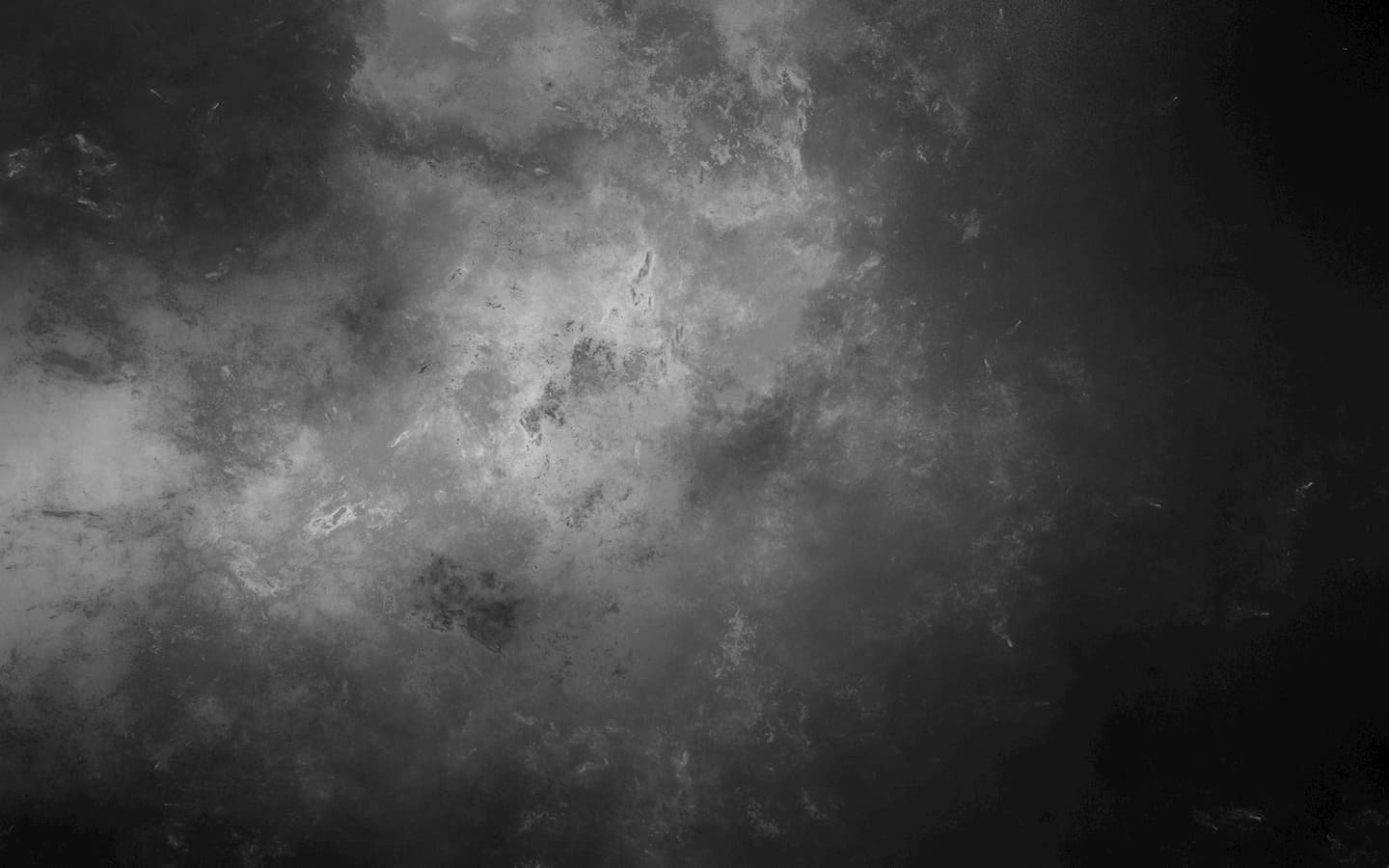
Architectural Film Training and Installation
This is our full collection of knowledge pertaining to Architectural Films - what the materials are, what they can be used on, how to prep for installs, installation techniques, troubleshooting tips and tricks, and video tours of projects we’ve installed in the past.
Have a video idea for something we haven’t covered yet?
Shoot us an email at info@rmwraps.com
What are Architectural Films? Randy walks you through the basics.
Skip to Videos
- All Videos
- Car Wrapping
- Ceiling wraps
- Wall wraps
- Elevator wraps
- cabinetry wraps
- Odd things to wrap
- Shelving Wrap
- Door wrap
- Desk
- Refrigerator wraps
- Dishwasher wrap
- Yacht/Boat wrap
- Aviation wraps
- Film Brand Information
- Tools & Materials
- Pre-Install Prep
- Using the RM wraps Squeegee made for Architectural films
- Advanced Techniques
- Knowledge Application (Real World Projects)
- Troubleshooting
- F.A.Q.'s
- Day by Day Yacht Tacoma
- Day by Day Boat in Louisiana
- Day by Day Yacht Gulf Shores
- Watch Us In Action (Project Videos)












